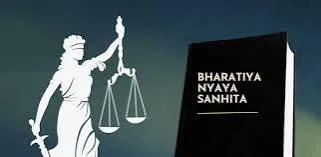BNS Section 295 – Sale, etc , of obscene objects to child
The Indian Penal Code (IPC) Section – 293
BNS Section 295: Sale or Distribution of Obscene Objects to a Child
This section deals with the sale, distribution, or circulation of obscene objects to children below 18 years of age. It is a serious offence under the law, and strict punishments are prescribed for those who commit such acts. Below is a simple explanation of the law in easy-to-understand language:
What is the Offence?
If a person does any of the following acts involving obscene objects (as defined under Section 292) with a child below 18 years of age, it is considered a crime:
- Sells the obscene object to the child.
- Lets the child hire or use the obscene object.
- Distributes, exhibits, or circulates the obscene object to the child.
- Attempts or offers to do any of the above acts.
What is the Punishment?
The punishment depends on whether it is the person’s first offence or a repeat offence:
| Type of Conviction | Punishment |
|---|---|
| First Conviction | – Jail term of up to 3 years. – Fine of up to ₹2,000. |
| Second or Repeat Conviction | – Jail term of up to 7 years. – Fine of up to ₹5,000. |
Other Important Details
| Aspect | Details |
|---|---|
| Cognizable or Non-cognizable | Cognizable – Police can arrest without a warrant. |
| Bailable or Non-bailable | Bailable – The accused can seek bail. |
| Court for Trial | Any Magistrate – The case can be tried in a Magistrate’s court. |
Why is this Law Important?
This law is designed to protect children from being exposed to obscene materials, which can harm their mental and emotional well-being. It ensures that those who exploit children in this manner face strict legal consequences.
Key Points to Remember
- The law applies to children below 18 years of age.
- The obscene objects are defined under Section 292 of the law.
- The punishment becomes harsher for repeat offenders.
This law is a crucial step in safeguarding the innocence and well-being of children in society. It is the duty of every citizen to ensure that children are protected from such harmful influences.

